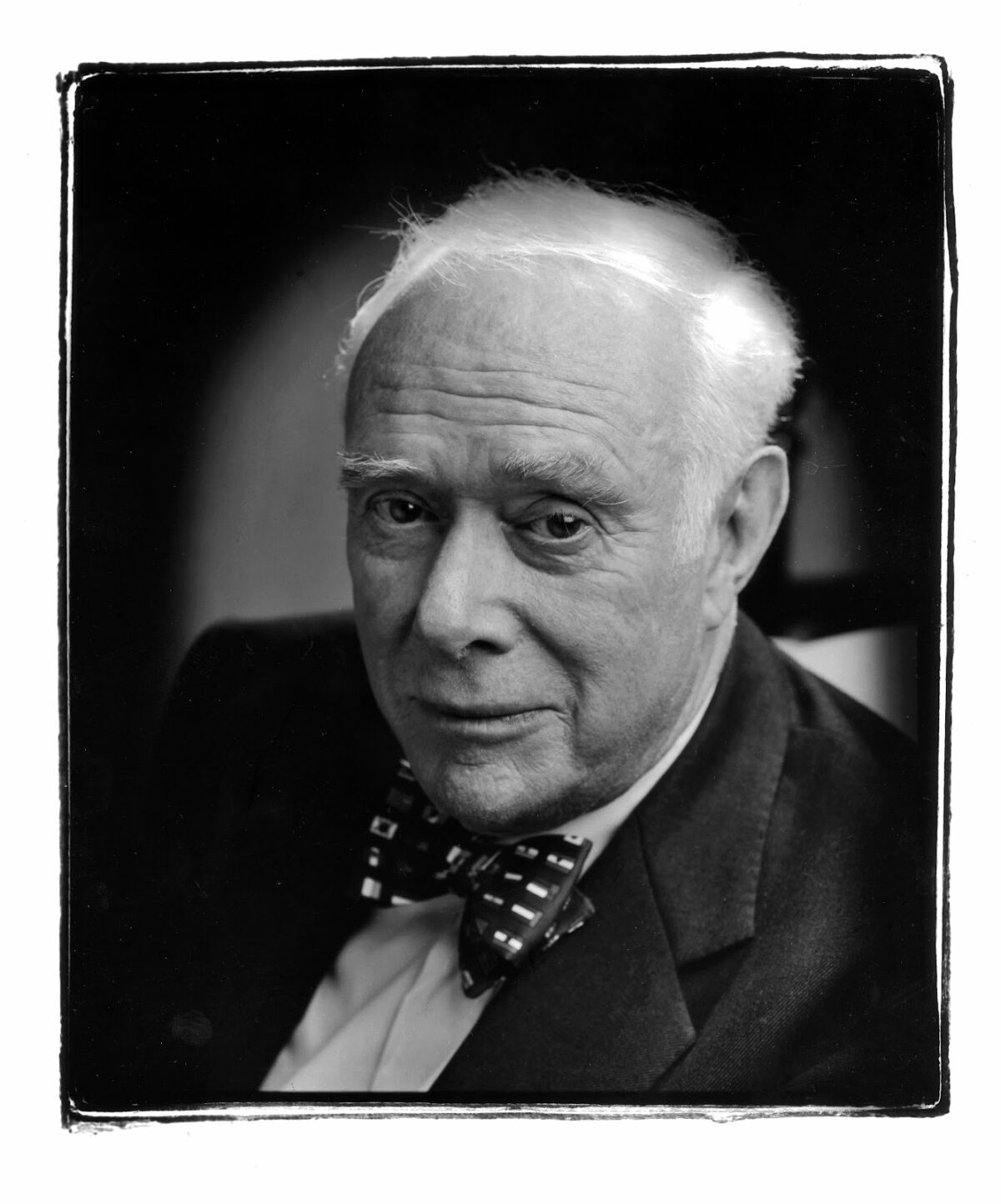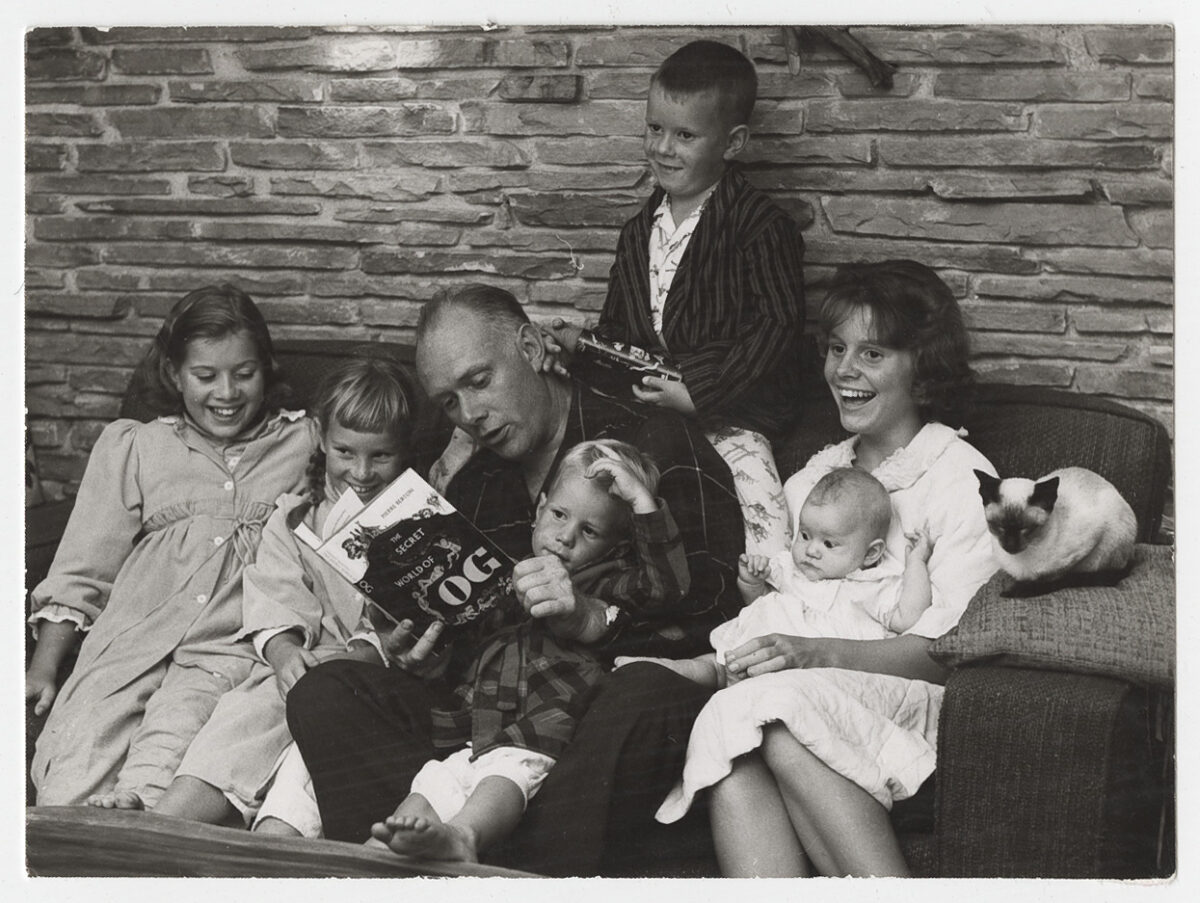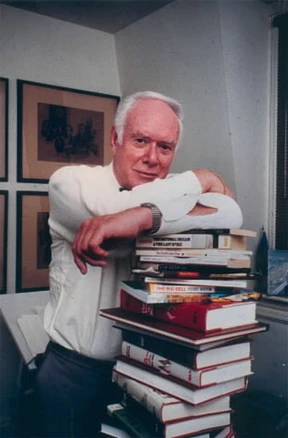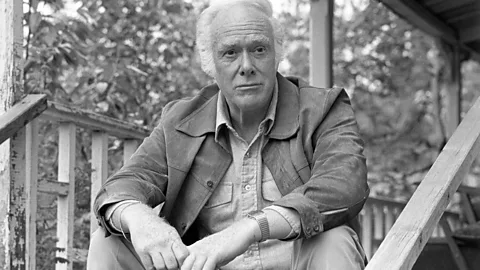
Pierre Berton was one of Canada’s most influential and recognizable public figures — a bestselling author, historian, journalist, broadcaster, and champion of Canadian identity.
Born in Whitehorse, Yukon in 1920, Berton went on to write over 50 books that shaped how generations of Canadians understood their history, including The National Dream, The Last Spike, and The Klondike Gold Rush.
Known for his engaging storytelling and deep passion for the Canadian experience, Berton also spent decades on television, most notably as a panelist on CBC’s Front Page Challenge.
His work earned him more than 30 literary awards, numerous honorary degrees, and the prestigious title of Companion of the Order of Canada.
Beyond his professional achievements, he was also a dedicated family man and active community member in Kleinburg, Ontario, where he lived for nearly four decades.


